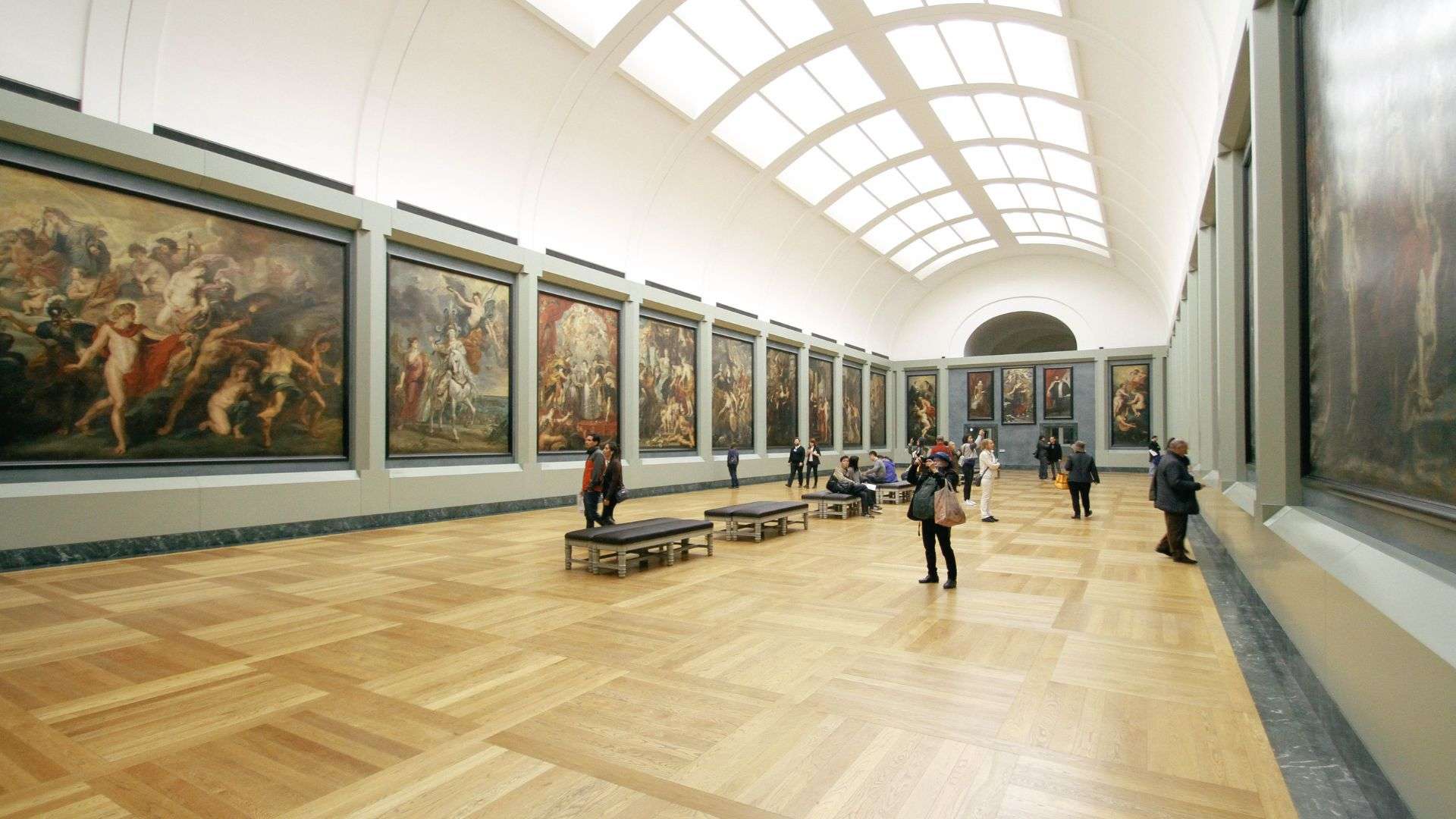Museums worldwide are using virtual tour videos to help bring exhibits and collections to life for their visitors. Virtual tours give people who live far away from the museum or those with disabilities that prevent them from visiting in-person access to these items. They also allow museums to promote exhibitions and events, provide a behind-the-scenes look at what goes on at the museum, and educate people about their collections.
Virtual tours can be enhanced with VR technology which gives viewers an immersive experience while helping them learn more about exhibits by interacting with objects or exploring surroundings in more detail. Museums have used virtual tour videos in social media posts, blog posts, YouTube channels, and other forms of marketing, including virtual tours to promote exhibitions at local museums.
Museums of all kinds, from art museums to natural history museums, use virtual tours to give people an idea of what they can expect or provide more information about the items on display. A virtual tour for a museum is very similar to a walkthrough video production, except it provides an immersive experience that can’t be replicated in person.
What is a virtual walkaround video for museums?
A virtual tour is a guided visual experience to view an object or space from all angles. These tours can be created with 360-degree photos or videos, which gives the viewer a sense of presence and immersion. A virtual walkthrough museum video shows people an online, 3D tour of a museum and its exhibits, including the layout of the building, what happens inside certain rooms, where all of the collections are located, and even some backstage areas.
Virtual tours are a new way to show off the content in your museum. These virtual tours allow people to access exhibits that they would not be able to visit otherwise, which is beneficial for both the museum and visitors.
Why are virtual museum walkaround videos beneficial for museums?
Virtual tours allow people to access exhibits that they would not be able to visit otherwise. This is especially beneficial for people who live far away from the museum or those with disabilities that prevent them from seeing the museum in person. Additionally, virtual tours help promote exhibitions and events, providing a behind-the-scenes look at the museum and educating people about the museum’s collections.
VR allows the viewer to interact with the environment and explore it in more detail, and this can create a more immersive experience for the viewer and help them learn more about the exhibit.
Additionally, VR can transport people to other locations throughout the world that they would not be able to visit otherwise, such as the Great Barrier Reef or Machu Picchu. It can also provide context for exhibits by placing them within a historical setting.
Examples of museums that use virtual tours
The following are examples of how various museums have used virtual tours.
- The Royal Tyrrell Museum in Alberta, Canada
- 360 Apex Museum – Egyptian Temple
- 360 Tour of the British Museum
- 360 Tour of the Museum of the Bible
- Promotional and Educational Uses of VR Tours
Museum virtual tours are a great way to promote exhibitions and events, provide behind-the-scenes looks at museums, and educate people about the museum’s collections. Furthermore, these videos can be enhanced with Virtual Reality (VR) technology for an even more immersive experience that allows viewers to explore exhibits in more detail. Museums may also use virtual tour videos on social media posts, blog posts, YouTube channels, or other forms of marketing, such as ViviScape who has used 360-degree videos on their Facebook page, linked below if you’d like to see it! If your museum doesn’t have any form of video strategy, then this article should help get you started.
Not sure where to start? That’s okay. We can help! Contact us or call us at (574) 207-6511 to learn more about our virtual tour services and how we can help promote your museum’s exhibitions and events.




